I didn’t set out this year planning to write a children’s book. Honestly, if you’d told me a year ago that I’d be deep in watercolor sketches of a gumdrop-shaped character named Clarence, I probably would’ve laughed. But here I am—completely immersed in a project that’s making me become a better artist by pulling at my heart, stretching me creatively, and teaching me more than I ever expected.
It started with a quiet little nudge I couldn’t ignore. A shift in my creative energy. A deeper sense of purpose in what I wanted to make and share with the world. I found myself in this new season of art. One where I felt called to write a children’s book.

Why I Decided to Write a Children’s Book
This project didn’t come out of nowhere. It grew out of my own life—specifically, my journey with my five-year-old son. We’ve been navigating going to school and the big, beautiful (and sometimes messy) world of feelings together—what it means to have them, name them, express them, and actually sit with them instead of pushing them away.
That’s when the idea for a story started to grow. A story that would help children (and parents too) communicate their emotions in a more connected and honest way.
That question became the heart of the story. A gentle, whimsical, and deeply intentional book—built around a character my son and I created together named Clarence (he started as a rectangle with eyeballs—true story). He’s since evolved into a gumdrop-shaped, expressive little being who now has dozens of emotions, postures, and versions of himself in my sketchbook.
The more I worked on this story, the more I realized just how much this project was helping me become a better artist—not just technically, but in how I connect with my work on a deeper level.
The Biggest Artistic Challenges in Writing
I’ll be honest—this has been hard. Writing and illustrating a children’s book isn’t just a fun side project. It’s been one of the most creatively demanding things I’ve done in a long time.
It isn’t like I haven’t published a book before! At first, I thought my background in watercolor, my watercolor books, and even songwriting might make this an easy flow. Yes, there are similarities between writing lyrics and writing for children—both require simplicity, rhythm, and emotional clarity. But this is a whole new rhythm I’ve had to learn.
The biggest challenge? The art—hands down.
Not just making good art, but making the right kind of art. Art that communicates feelings in a way a child would understand. Art that’s clear, engaging, and expressive—but still true to my style. I’ve done countless character and element sketches (and thrown away just as many). Some days it felt like I was sketching in circles, unsure if I was even getting closer to what I wanted.
There have been moments when I felt totally stuck—like I couldn’t get the characters and elements to look or feel right. (And yes, some of those days ended with me staring at my trash can full of paper scraps.) But here’s what I’ve learned—trash doesn’t mean failure. It means I’m learning, refining, stretching. And honestly, this process of trial, error, and discovery is exactly what’s helping me become a better artist.
How It’s Changing the Way I Approach Art
One of the most surprising parts of this journey is how much it’s reshaped how I think about making art.
Before this, I mostly painted for tutorials, workshops, or personal joy. But painting for a story? That’s a different game. Everything has purpose. Every brushstroke has to communicate something—an emotion, an idea, a moment in the story.
It’s also pushed me into a different kind of discipline. I’ve had to slow down. Sketch more. Observe more. Ask better questions about my work: What’s not working here? Why doesn’t this feel right? How can I make this more expressive?
I’ve found myself doing 50 to 100 character sketches just to get one that feels “right.” In the beginning, I carried my Moleskine journal and colored pencils with me everywhere.
And honestly, even though the process has been clunky at times, it’s made me more intentional. It’s made me braver. I’m less afraid of making bad art because I know each messy page is part of the process. (And sometimes the bad sketch shows me exactly what I need to change next to truly become a better artist.)
What I’ve Gained from This Experience (So Far)
Honestly? So much.
This project has helped me grow—not just as an artist, but as a communicator, a mom, and a creative human in general. It’s helped me tune into what I really want to say through my art. It’s reminded me that the process matters just as much (if not more) than the end result.
And, it’s also taught me the value of focus. (I can’t emphasize this enough.) If I’m focused—really present and away from distractions—I can make huge progress.
And maybe the most unexpected part? It’s helped me reconnect with my imagination. I’ve found myself daydreaming more, asking new questions, trying new styles. That kind of curiosity is what drives growth. And if you’re trying to become a better artist, keeping that curiosity alive is everything.

Would I Do It Again?
Absolutely, yes.
Even with the frustration. Even with the pages I’ve ripped out or the characters I redrew 15 million times. And even with the doubts and the long discovery phase that took SO much longer than I expected.
Because what I’m building here is something that matters. It’s something that I care deeply about. And in the process, I’ve become more grounded in my creative purpose.
So if you’re wondering how to become a better artist, I honestly think this is one of the best answers I could give you: Start something that deeply matters to you. Something that challenges you. Something that stretches your creativity beyond your usual limits.
It might feel hard. It might get messy. But that’s where the real growth happens. That’s where you start seeing your art (and yourself) in a whole new light.
A Little Invitation If You're Craving More Growth in Your Art…
If you’ve been reading this and thinking, I want to feel that kind of flow in my own creative work, then I’d love to invite you to check out The Art Within—my signature course for artists who want to develop their unique style and unlock deeper creative connection.
This exact process I’ve used to create Clarence’s world—the exploration, the experimentation, the messy sketching, the refining—is the same process I teach inside The Art Within.
If you’re tired of guessing, stuck in comparison, or unsure how to actually grow—this course will walk you through the fundamentals, the mindset, and the techniques that will truly transform the way you show up to your creative work. And most importantly, it’ll help you truly become a better artist by building a practice that supports your growth long after the course ends.
You can learn more about The Art Within here—I’d love to have you in there.
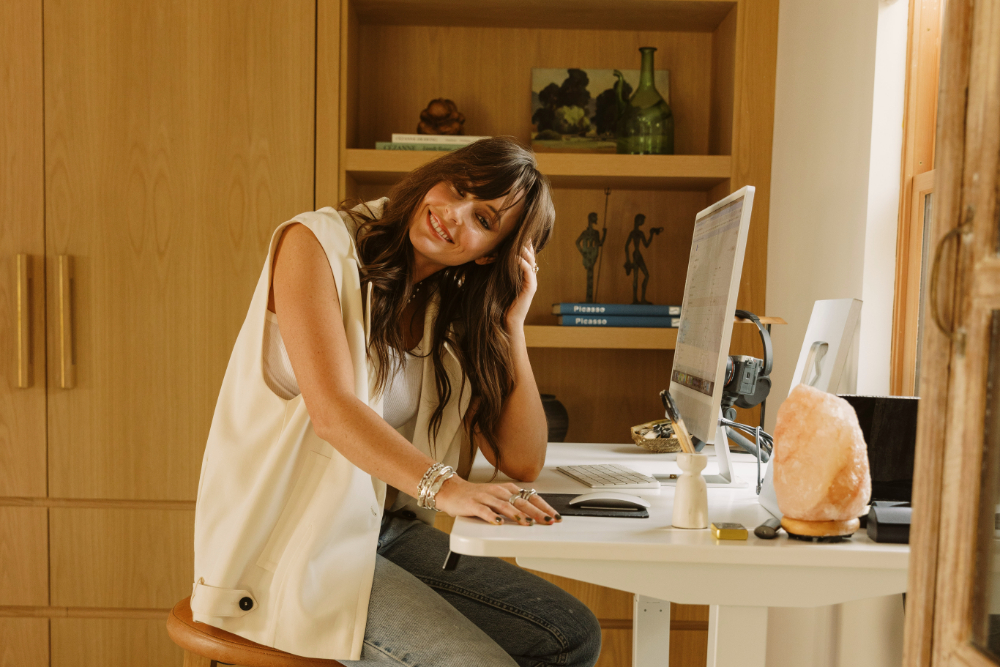



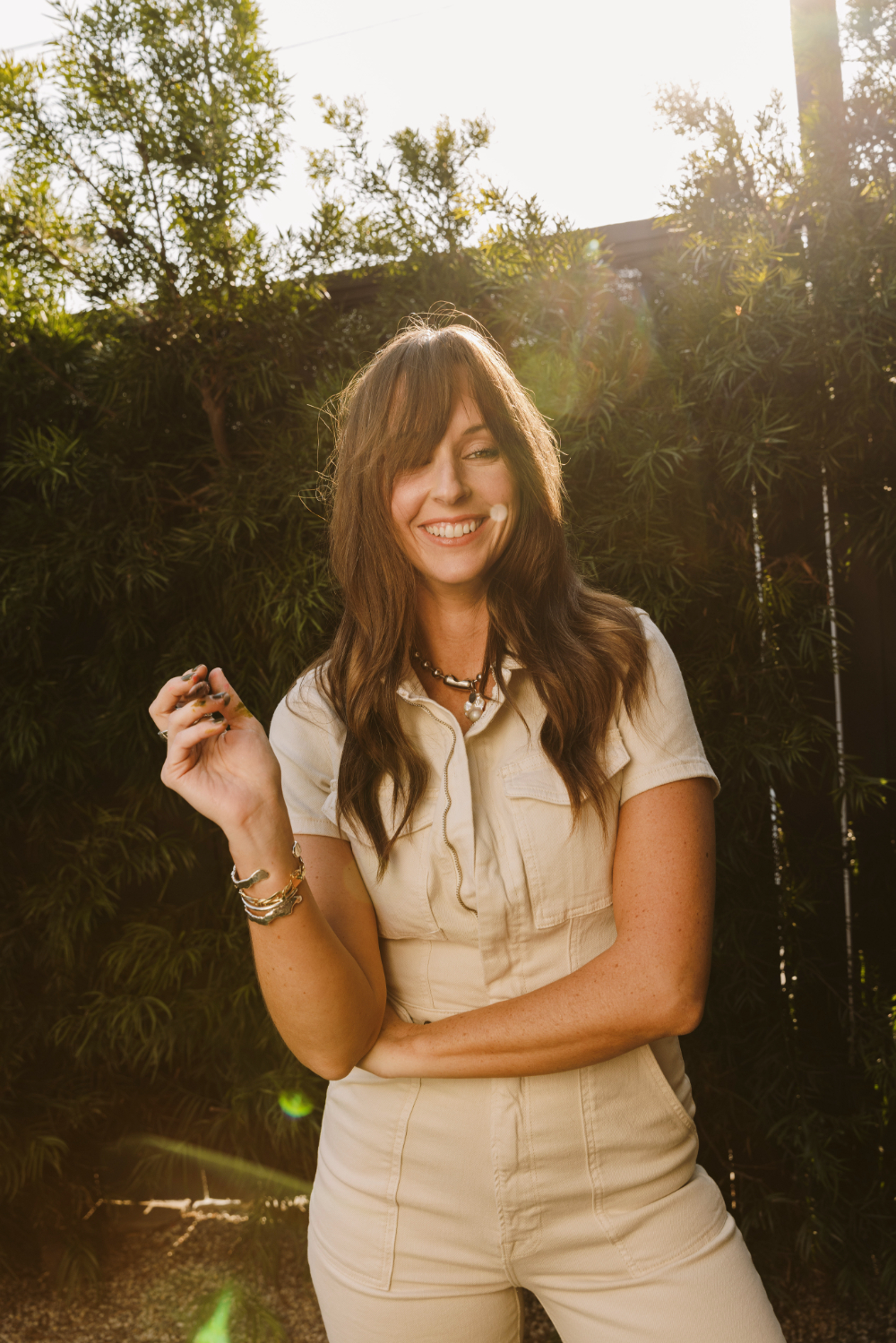
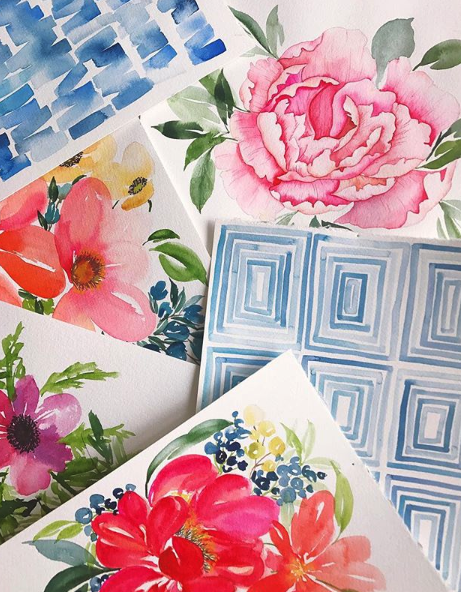


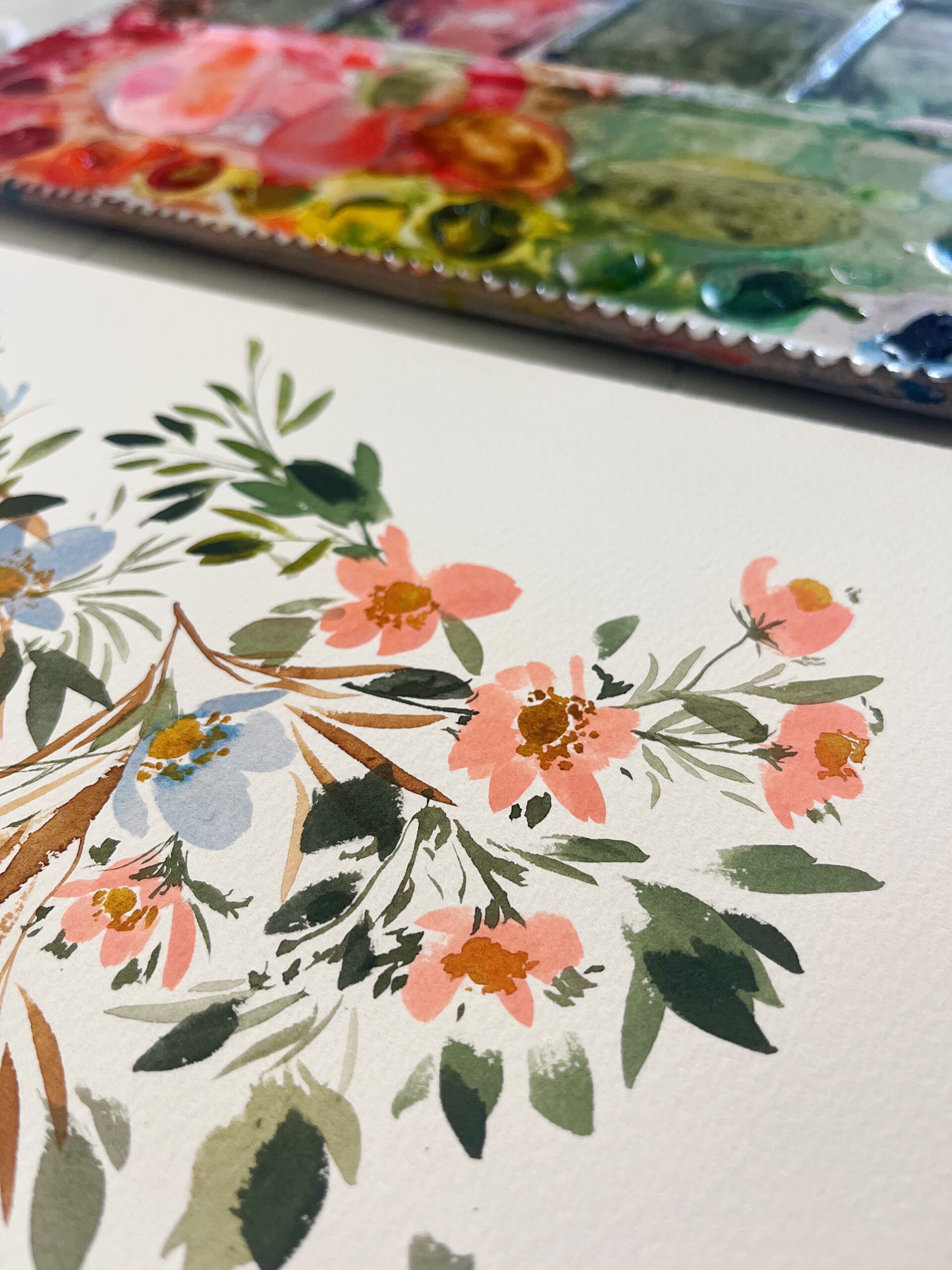
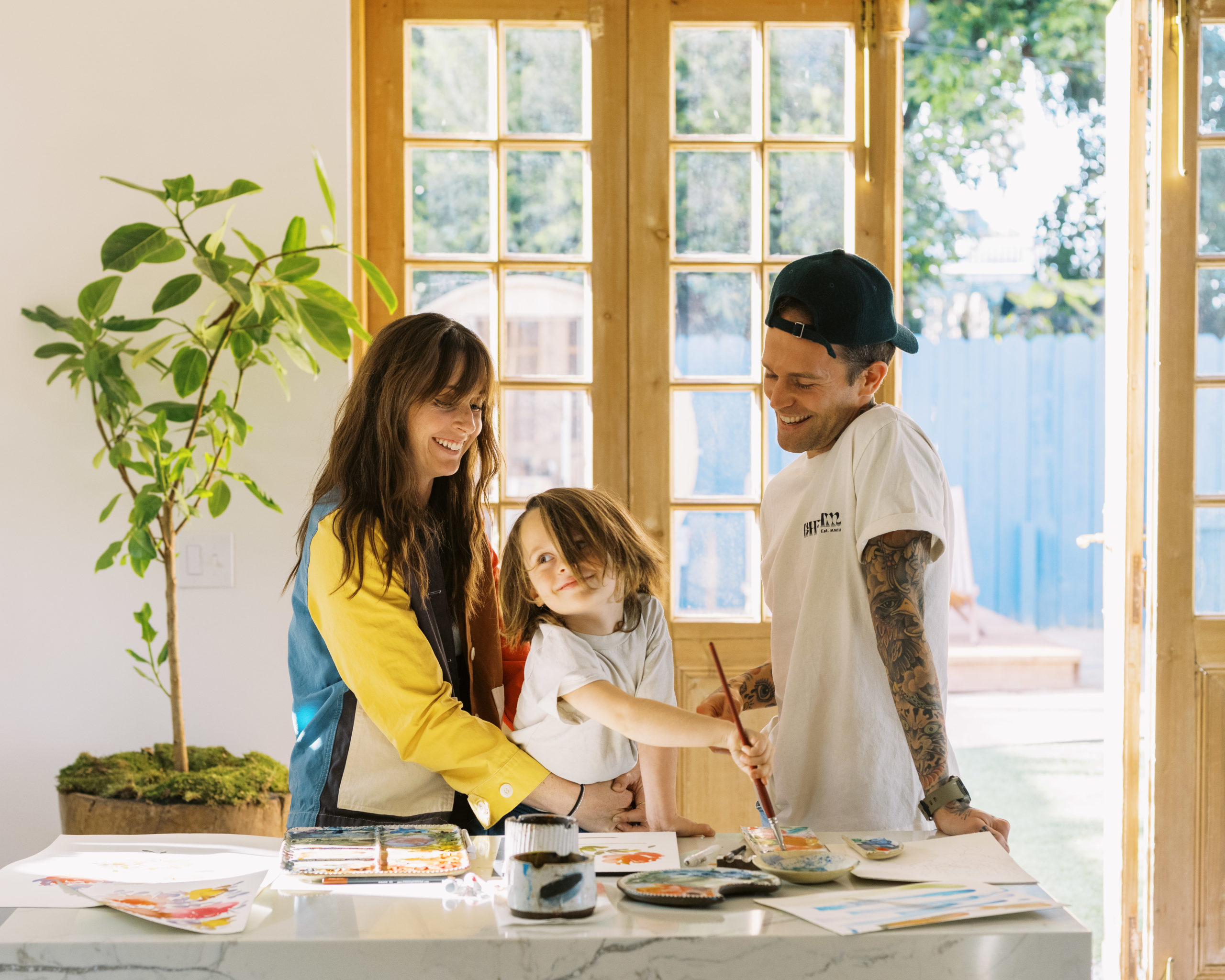


+ show Comments
- Hide Comments
add a comment